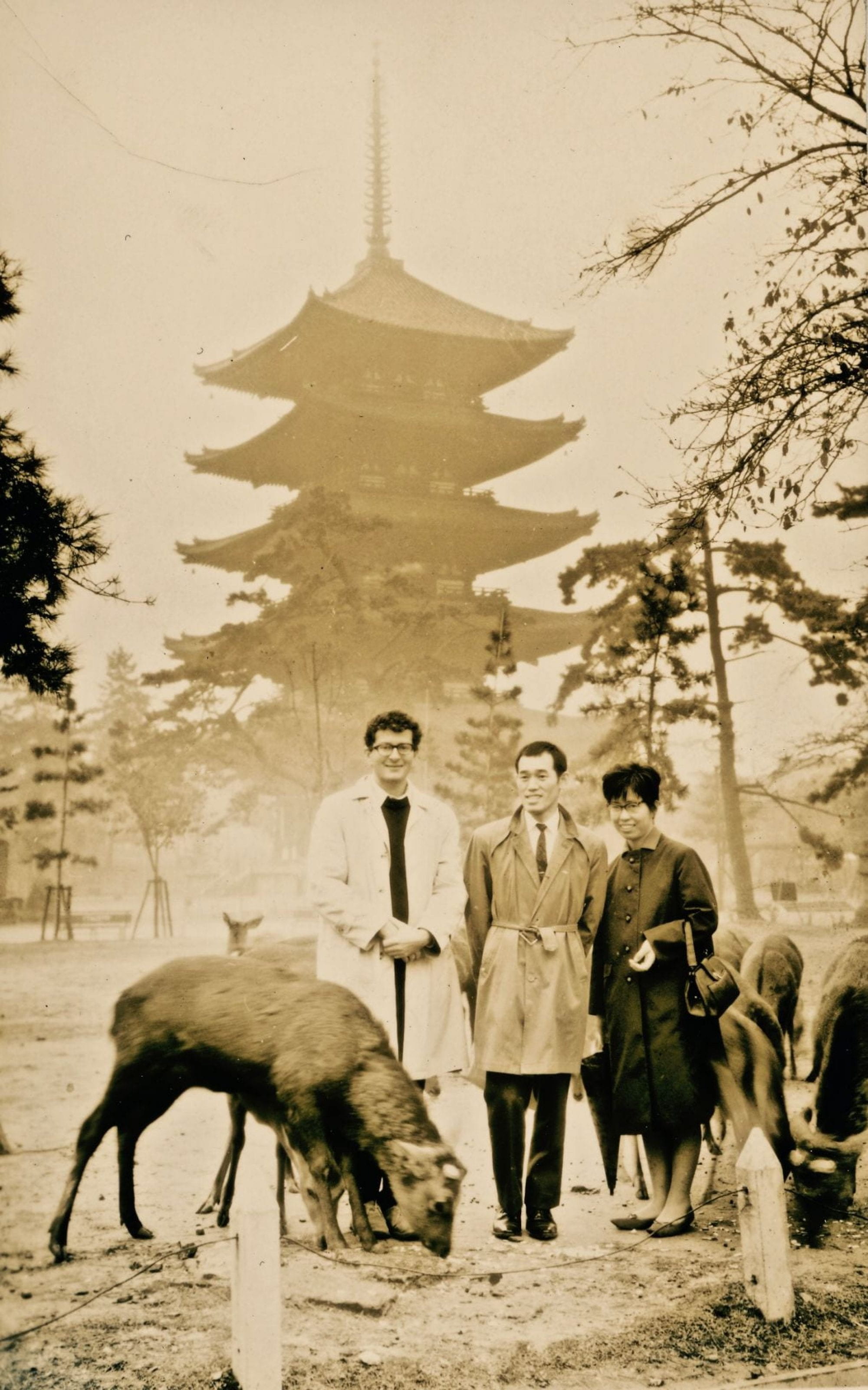Title: Meika gafu 名家画譜
Date: 1814 (Bunka 11)
Medium: Woodblock printed; ink and colour on paper.
Publisher: Nagoya : Eirakuya Tōshirō, 永楽屋東四郎.
Donor: Presented by Arthur Tress. Arthur Tress Collection, Box 1, Item 12. https://franklin.library.upenn.edu/catalog/FRANKLIN_9977502582303681
Meika gafu, “A Book of Paintings by Celebrated Artists,” can best be described as an encyclopaedia of the “who’s who’ in Japanese art. Interestingly, however, the volumes capture no Ukiyo-e or Rinpa masters. Jack Hillier remarks that “[T]he complete absence … denotes the compiler’s fixation on Chinese-inspired art, to the exclusion of anything remotely native or stemming from Japanese sources.” (741). The Meika gafu contains two volumes, titled Heaven and Man, corresponding to the Japanese One and Three. While this suggests the printing of Volume Two, or Earth, no copy of such a volume has been found. Each volume begins with a table of contents laying out the different kinds of themes and subjects included followed by the titles of the artists and their paintings, Many of these may have utilized as important source-material in the study of classical painting. The paintings are presented as grand double-spreads of well-known masters interspersed with those by lesser-known figures. The Meika gafu was extremely popular amongst the Japanese public and enjoyed many runs. However, this also meant that over time the production quality steadily declined.
Meika gafu was published by Tōhekido (Eirakuya Tōshirō), a publisher from Nagoya. He commissioned as compiler Mano Tōkei, who had a long association with the leading practitioners of the Kano, Nanga, and Shijō schools. In addition, Tōkei also represented the work of foundational figures such as Taika and Ōkyo.
The Tress Collection possesses both volumes of which one consists of a different kind of paper and is riddled with doodles, most certainly by a previous owner. The volumes also carry advertisements of other books by the publisher Tōhekido. The image displayed here is of that of Mori Sosen’s (1747-1821) “Monkey”, signed and sealed by him. Sosen was well-known for his paintings of the Japanese macaque and there are many examples extant today.
Other copies: Freer Gallery of Art, Washington DC; Metropolitan Museum of Art, New York; Museum of Fine Arts, Boston; British Museum, London.
Selected Readings:
Forrer, Matthi, Eirakuya Tōshirō, Publisher at Nagoya: A Contribution to the History of Publishing in 19th century Japan, Vol. 1. Amsterdam, JC Gieben, 1985.
Hillier, Jack, The Art of the Japanese Book. London: Published for Sotheby’s Publications by Philip Wilson Publishers; New York, 1987, p. 741-75.
Mitchell, Charles H., The Illustrated Books of the Nanga, Maruyama, Shijo and Other Related Schools of Japan: A Biobibliography, Dawson’s Book Shop, 1972, p. 407-09.
Posted by Ayesha Sheth, November 14, 2019.

